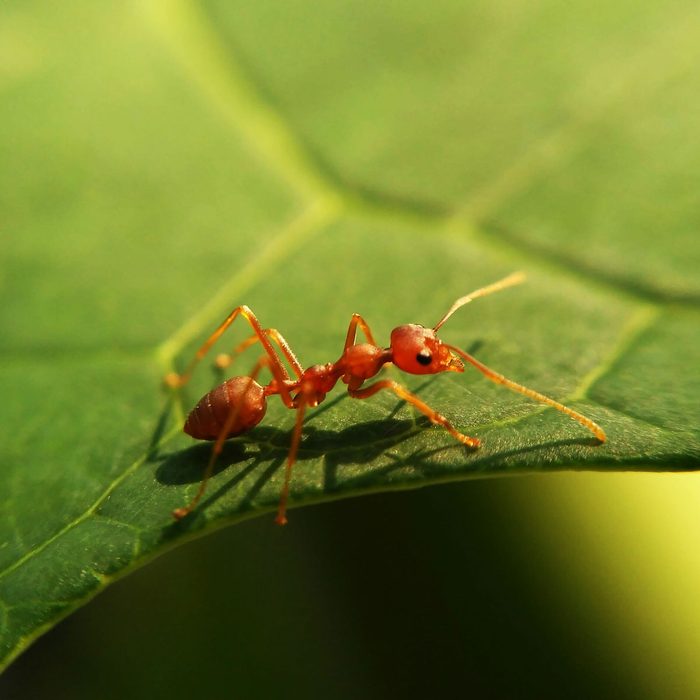Are Ants Dangerous to People, Pets and Property?

Notorious for showing up uninvited at picnics, are ants just a nuisance or do they pose a threat to your health and safety? Here are the facts.
Our editors and experts handpick every product we feature. We may earn a commission from your purchases.
Ants are one of the most common types of insects on the planet. It’s estimated that there are more than 12,000 ant species worldwide and nearly all have the potential to bite or sting.
On This Page
Ant Dangers to People
An annoyance more than anything else, most ants in the United States aren’t directly harmful to people. If left to run amok, however, ants can destroy structures, spread bacteria and, in extreme cases, cause serious allergic reactions. That’s why it’s best to nip an ant infestation in the bud.
Here’s the 411 on ants, ant bites and more.
Bites and Stings
Although ant bites are rarely serious, those from fire and harvester ants can be painful and may require medical attention. It’s best to avoid bites whenever possible. The Centers for Disease Control and Prevention (CDC) offers ways to prevent bites altogether:
- Don’t disturb ant mounds;
- Be careful lifting items off the ground;
- Tuck pants into shoes or boots when doing yard work;
- Brush ants off immediately.
Allergies
According to the American College of Allergy, Asthma and Immunology (ACAAI), allergies from insect bites or stings are responsible for about 100 deaths a year. Along with bees, wasps and hornets, fire ants are a top cause of insect stings in the U.S. Fire ants bite and sting at the same time!
Poisons
Be extra careful spraying insecticides in your backyard, especially if you have children and pets. Hire a professional exterminator or ask your local garden center for advice. Baits are the best DIY ant control solution because they eliminate colonies in a few days. Liquid bait stations like the Terro T300B Liquid Ant Bait Ant Killer are effective and simple to use.
Ant Dangers to Pets
Fire ants are a risk to pets, so keep cats and dogs away from anthills. If your pet gets attacked, wear protective gloves and remove the ants by hand. Although not usually life-threatening, if your pet receives a large number of stings, seek immediate veterinary attention. Be sure to use pet-safe ant removal techniques.
Pro Tip: To distinguish fire ants from other ant species, examine the ant trail. Fire ants have multiple-sized workers.
Ant Damage to Homes and Yards
Around homes and businesses, fire ants are known to infest and short-circuit electrical equipment. In the yard, ants can wreak havoc on landscaping by disturbing roots, burying plants with soil unearthed from nest excavation, and building anthills in the lawn.
But do not forget ants also play a critical role in our ecosystem. They aerate soil, redistribute nutrients to plant roots, spread seeds and protect against destructive garden pests like caterpillars and grasshoppers.
What to Do If You Have Ants
Dr. Scott Lingren, an entomologist and owner of Venus Pest Company, recommends these five DIY steps for ant removal:
- Recognize signs of infestation (ant trails, wood shavings, etc.);
- Properly identify the type of ant;
- Stop food sources (secure food containers, sweep up crumbs, etc.);
- Seal cracks and other entry points in your home;
- Set out ant bait for workers to take back to the colony.
Dr. Lingren cautions patience. “Different types of ants prefer different types of bait at different times of the year, so this may take some experimentation to get right,” he says.



